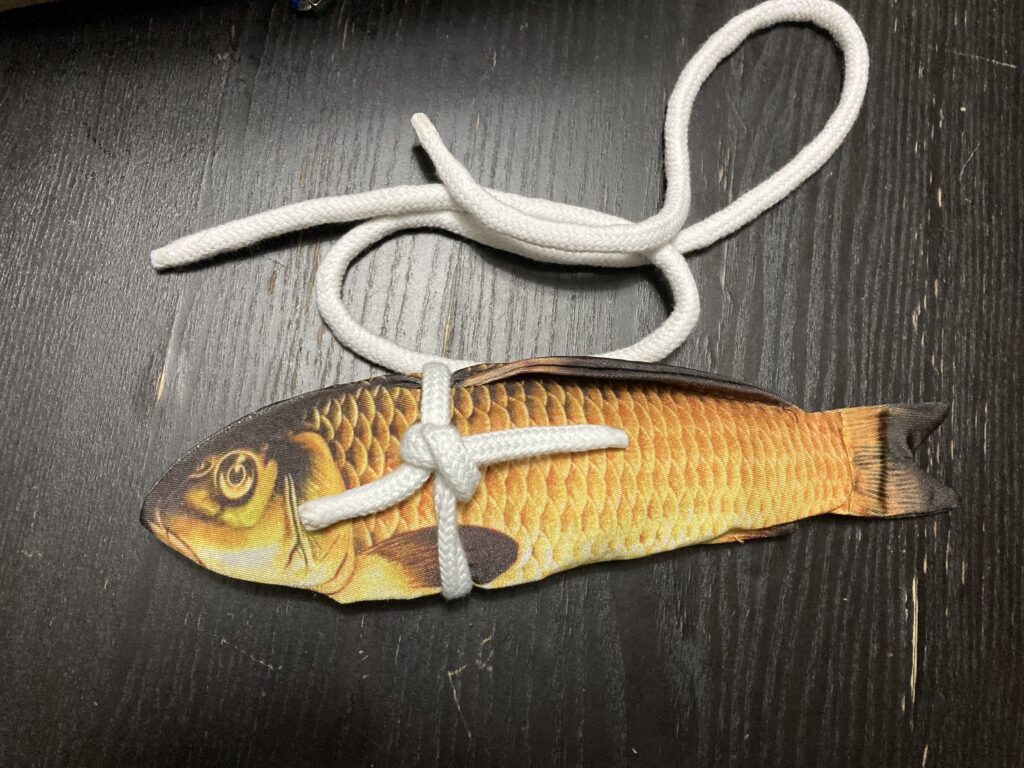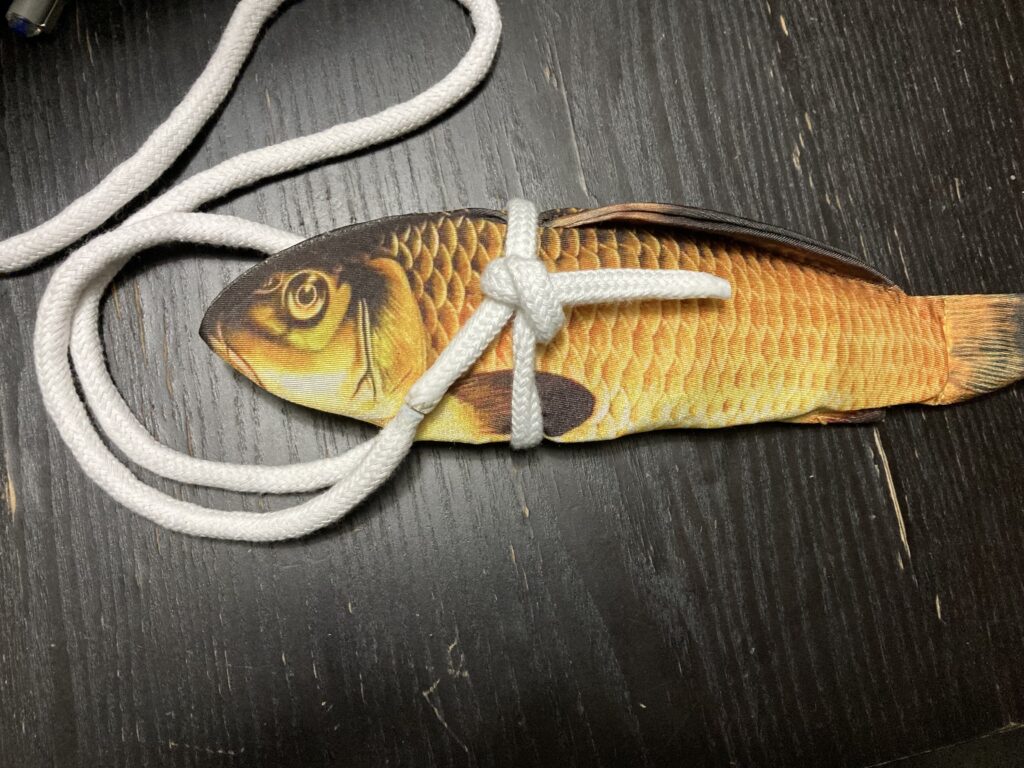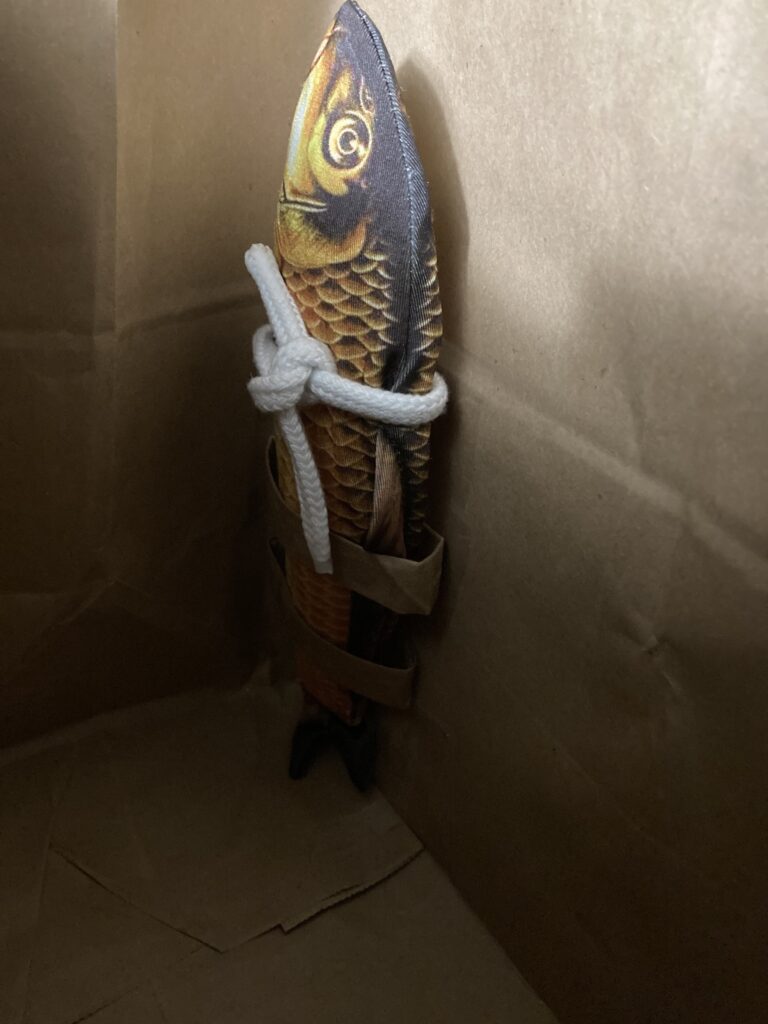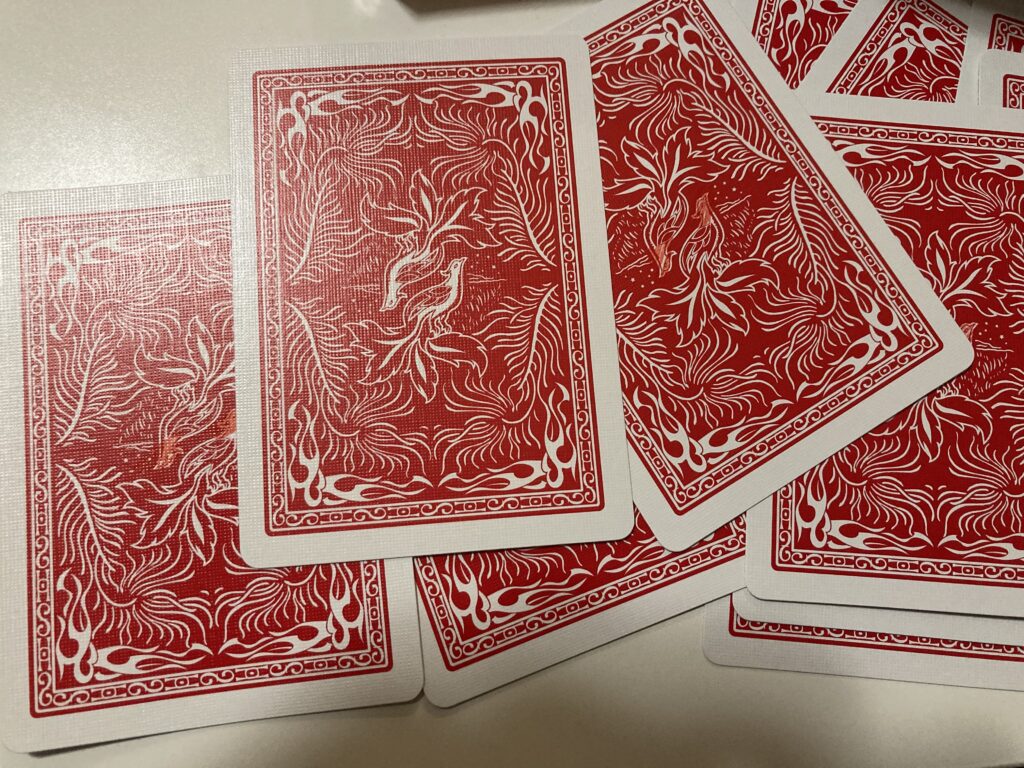
Recently I wrote a blog post about learning Marc Oberon’s Bang On which is a named card to wallet. I’m hoping it’s a solution to a trick so I can avoid using an invisible deck. The effect is that someone names a card and it’s in your wallet. It’s a pretty direct way of accomplishing the effect with no conditions, like limiting the selection.
One of the cool things about living now, is that tricks like this are easy to practice with Siri on your iPhone or with an Amazon Echo. You simply ask the smart assistant to name a playing card and they give you a random one. This allows you to react as if you’re actually doing the trick. It doesn’t give you a second of mental preparation while you think of a card.
It’s a much more “real world” way to practice tricks like this.
-Louie







